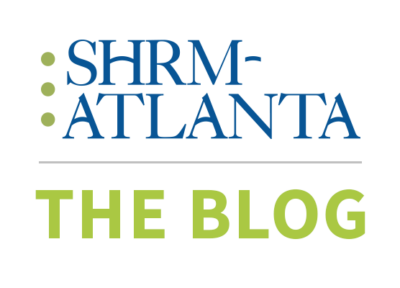By Rae Williams
Recently I visited Puerto Rico and had such an amazing time, piquing my interest in the Latino/Hispanic diaspora. During my travels, I realized the importance of being bilingual (contemplating that I should have maintained my Spanish knowledge). Additionally, being an HR professional, I started thinking about what the workforce would look like in another decade with an increase in the Latino/Hispanic population. This Hispanic Heritage Month (September 15-October 15) is focused on “Shaping the Future Together,” and I’m excited for our profession to do just that.
According to the new study by HR Policy Association, Latinos are the largest and fastest growing ethnic group. Today, Latinos account for 19% of the population. In 2050, they are projected to be about a third of the population. This larger Latino population will result in workforce changes for which companies may not be adequately prepared. Some Latino workers face myths and challenges. HR will play a crucial role in being the advocate for companies to understand their Latinos workers and their values.
Among insights from the Latino Worker Project, the main three core values that define Latino cultural ideas regarding work are family, relationships, and hard work. Family being foremost indicates that many Latino workers want to feel that their employer cares about them beyond the work they do.
I had a chance to speak with Lisa Guadalupe Clarke, Founder & CEO of the ATL Search Group, LLC and Latina Rise, Inc., who provided her views of the Latino workforce. The main culture barrier that Latinos have is feeling out of place or not welcome, she said. This can be attributed to managers not being open minded nor showing appreciation to their Latino employees. Also, lack of clear expectations can be frustrating, especially when there may be cultural or even language barriers.
Externally, Latino workers not born in the United States may face issues regarding immigration. Obtaining citizenship is not easy; sometimes it can take years for immigrants to be official U.S. citizens or eligible for employment.
Additionally, Latinos who have grown up in the United States may still face their barriers breaking into the workforce. The U.S. Bureau of Labor Statistics, suggest that compared to non-Hispanics, access to quality education is lower. This under-education can result in low wages and earnings, low asset and retirement income, lack of purchasing power, and high unemployment rates.
It is important to understand the labor market trends based on ethnic groups, race, gender, sex, and generation. Considering the Latino workforce is continuing to grow rapidly, there are still only a handful of Fortune 500 companies with Latino CEOs. Personally, I’m committed to networking with other Latinos in the community through group activities to develop relationships and better understand the cultures that are part of this diaspora. HR professionals can gain additional insights by conducting listening sessions with Latino employees or employee resource groups. Also, surveys can be disaggregated by ethnicity or used for incorporating data into further analysis of the workforce with findings applied to support any initiatives. Lastly, a company may provide their communications in English and Spanish. From my vacation trip to Puerto Rico, I am inspired to relearn Spanish and be able to speak fluently in the next five years. And, during this Hispanic Heritage Month, I look forward to continuing to grow my cultural intelligence related to the growing Latino population.




